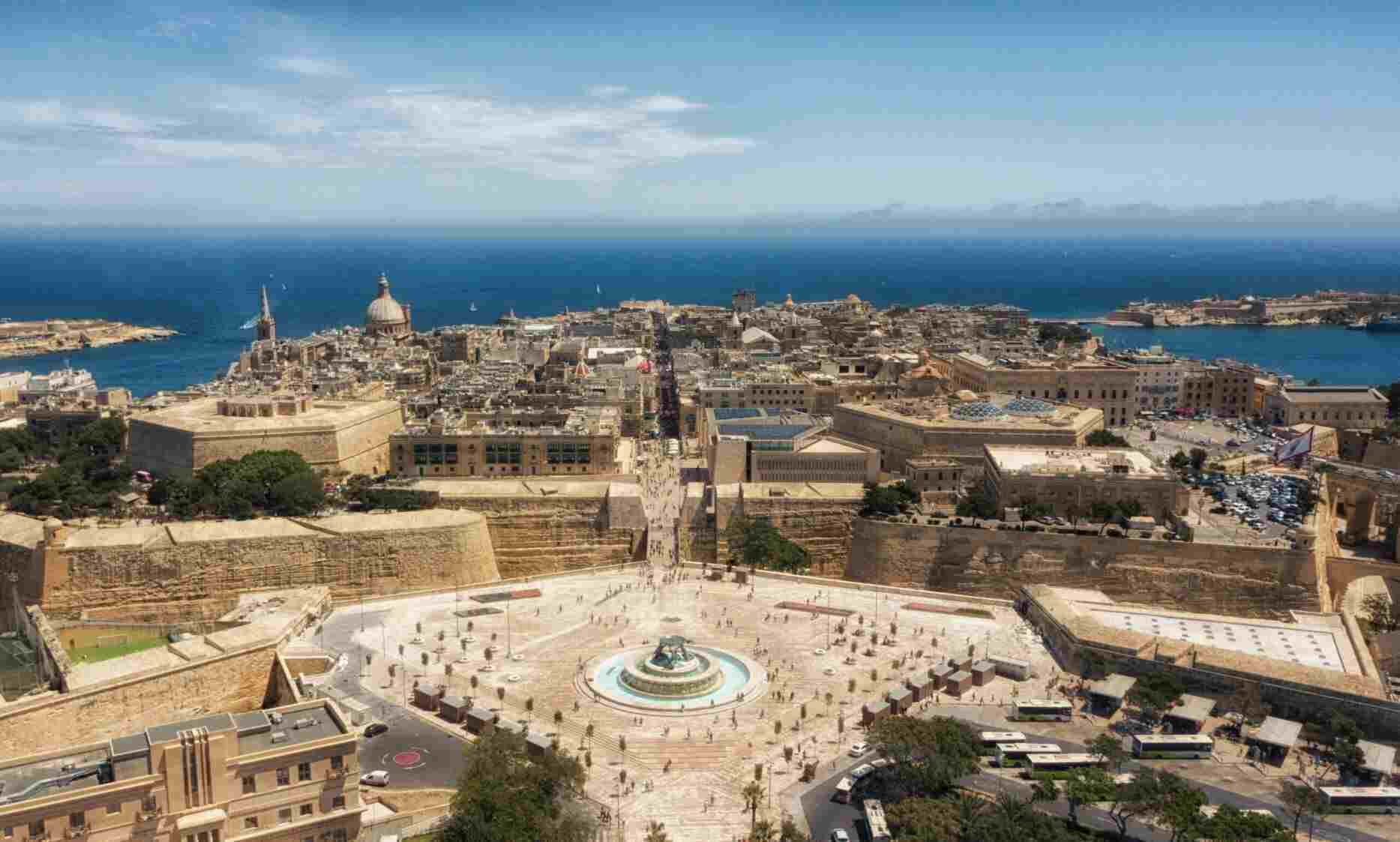
Extended Hours at Five Key Heritage Malta Sites Until October
August 17 2024 14:10 by PCLMedia
Heritage Malta has extended the opening hours of five of its sites by two hours a day – one in the morning and one in the evening. up until the end of October.
The sites included in this pilot project are the National Museum of Archaeology together with Fort St Elmo and the National War Museum in Valletta, the Ħaġar Qim and Mnajdra Archaeological Park in Qrendi, the exhibition "An Island at the Crossroads" at the Malta Maritime Museum in Birgu, and Fort St Angelo also in Birgu. These sites are now open daily from 9:00am to 7:00pm until the end of October 2024. With these extended hours, and their location in vibrant, touristic and seaside areas, these sites can easily be the cultural cherry on top of a fun summer itinerary.
Heritage Malta said in line with its mission to facilitate greater accessibility to the cultural heritage it is entrusted with, the initiative was designed to help visitors make the most of the long summer days, allowing ample time to explore the sites at a relaxed pace.
In a statement, HM also noted that it had just opened a new kiosk, close to the Malta National Aquarium in Buġibba, to provide information on the agency’s museums, sites and offers. Tickets can be purchased from the kiosk till late in the evening.
The Malta National Aquarium now includes a uniquely immersive experience created in collaboration with Heritage Malta’s Underwater Cultural Heritage Unit.
Heritage Malta is the Maltese national agency for museums, conservation practice and cultural heritage. Created by the Cultural Heritage Act, enacted in 2002, the national agency (along with the Superintendence for Cultural Heritage) replaced the former Museums Department.
Originally Heritage Malta was entrusted with the management of museums, sites and their collections but in 2005, the agency was also charged with the take over of the former Malta Centre for Restoration to become the national agency responsible for conservation.
Sites protected by Heritage Malta
1. Ħal Saflieni Hypogeum
- Location: Paola, Malta
- Significance: A UNESCO World Heritage site, the Ħal Saflieni Hypogeum is an underground prehistoric burial site dating back to around 4000 BCE. It is a complex of interconnecting rock-cut chambers spread over three levels.
2. Ġgantija Temples
- Location: Xagħra, Gozo
- Significance: Also a UNESCO World Heritage site, the Ġgantija Temples are one of the oldest free-standing structures in the world, dating back to between 3600 and 3200 BCE. These megalithic temples are older than Stonehenge and the Pyramids of Egypt.
3. Mnajdra Temples
- Location: Qrendi, Malta
- Significance: Part of the UNESCO World Heritage-listed Megalithic Temples of Malta, Mnajdra is a complex of three temples overlooking the sea. They date back to around 3000 BCE and are renowned for their alignment with the solstices.
4. Tarxien Temples
- Location: Tarxien, Malta
- Significance: Another site within the Megalithic Temples of Malta UNESCO listing, the Tarxien Temples date back to 3150 BCE. They are known for their intricate stone carvings and evidence of prehistoric rituals.
5. Hagar Qim Temples
- Location: Qrendi, Malta
- Significance: This megalithic temple complex is also part of the UNESCO World Heritage sites. Dating back to 3600-3200 BCE, Hagar Qim is noted for its massive stones, some weighing over 20 tons.
6. The National Museum of Archaeology
- Location: Valletta, Malta
- Significance: Housed in the Auberge de Provence, this museum contains a vast collection of artifacts from Malta’s prehistory, including the famous "Sleeping Lady" and "Venus of Malta" statuettes.
7. Fort St. Angelo
- Location: Birgu (Vittoriosa), Malta
- Significance: A key military fortification with a history stretching back to the medieval period. Fort St. Angelo played a crucial role during the Great Siege of Malta in 1565.
8. The Grandmaster's Palace
- Location: Valletta, Malta
- Significance: Located in the heart of Valletta, this palace served as the residence of the Grand Masters of the Order of St. John and later as the Governor's Palace during British rule. It now houses the Office of the President of Malta and a museum.
9. St. Paul’s Catacombs
- Location: Rabat, Malta
- Significance: An extensive underground complex of Roman-era catacombs, these were used as burial grounds from the 3rd to the 4th centuries AD. They are part of the early Christian heritage of Malta.
10. Inquisitor's Palace
- Location: Birgu (Vittoriosa), Malta
- Significance: One of the few surviving Inquisition palaces in the world, it offers insight into the religious and social history of Malta under the rule of the Knights of St. John.
11. Domvs Romana
- Location: Rabat, Malta
- Significance: This Roman townhouse, dating back to the 1st century BC, features well-preserved mosaic floors and remains of Roman art and architecture.
12. Fort St. Elmo
- Location: Valletta, Malta
- Significance: This fort played a pivotal role during the Great Siege of Malta and now hosts the National War Museum, showcasing Malta’s military history.
13. Malta Maritime Museum
- Location: Birgu (Vittoriosa), Malta
- Significance: Located in the former Royal Naval Bakery, the museum exhibits Malta's rich maritime history, including ship models, maritime artifacts, and naval equipment.
14. Ghar Dalam Cave
- Location: Birzebbuga, Malta
- Significance: This cave is a significant paleontological and archaeological site, with remains of prehistoric animals and evidence of the earliest human settlements in Malta.
15. National Museum of Natural History
- Location: Mdina, Malta
- Significance: Housed in the 18th-century Vilhena Palace, the museum exhibits Malta’s natural history, including local flora, fauna, and geology.
These sites reflect Malta’s rich cultural heritage, spanning thousands of years from prehistoric times to modern history. For more information visit Heritage Malta
Contact IMEX Malta

